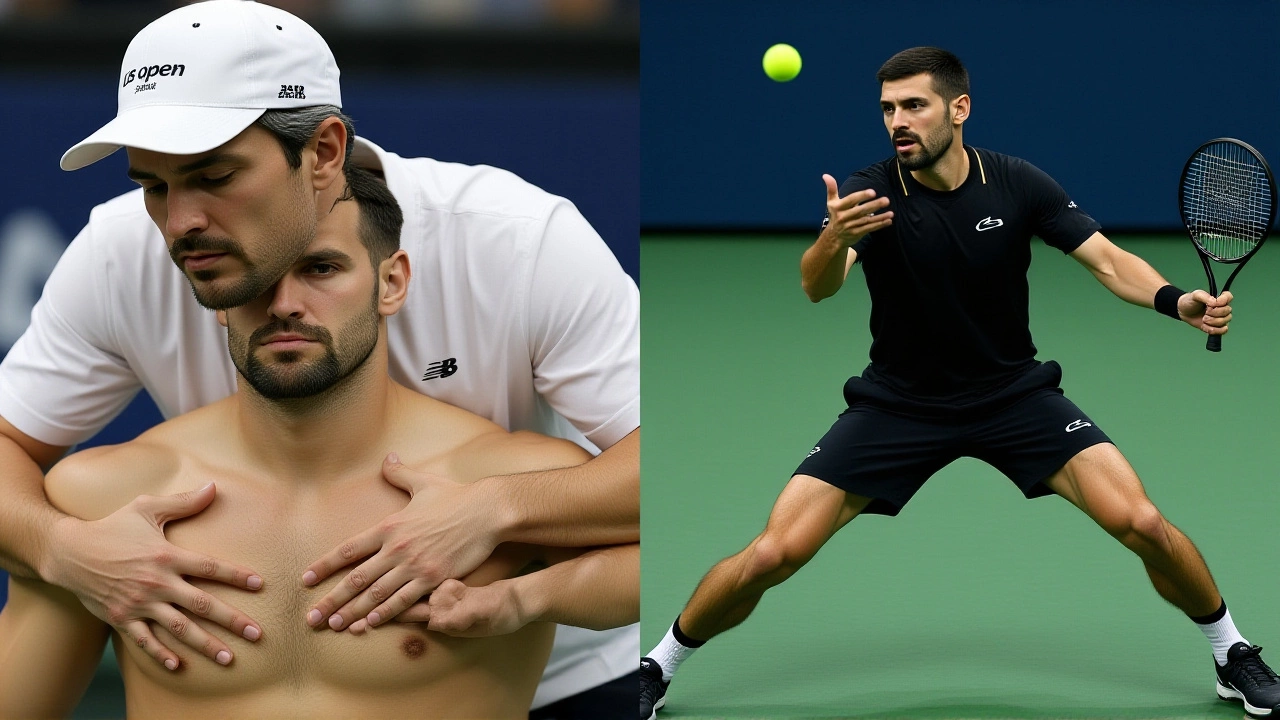tennis history
When you hear tennis history, the timeline of how the game grew from aristocratic lawns to worldwide arenas. Also known as the sport’s past, it shows how rules, gear, and culture changed over centuries. The story starts with Grand Slam tournaments, the four major events that set standards for competition and later jumps into the Open Era, the period after 1968 when professionals could compete with amateurs. Understanding these milestones is key to seeing why today’s matches feel so intense.
One big tennis history lesson is that equipment drives play style. Early wooden racquets limited power, forcing players to rely on placement. When racquet technology, material upgrades like steel, graphite, and carbon fiber arrived, smash speeds skyrocketed and baseline rallies grew longer. This shift didn’t just change how the game looks; it reshaped training methods and even tournament surfaces. Coaches now teach modern players to exploit the sweet spot of lightweight frames, a direct result of that tech wave.
Icons that shaped the narrative
The human side of legendary players, figures whose records and personalities defined eras adds color to the facts. From Bill Tilden’s dominance in the 1920s to Martina Navratilova’s record‑breaking titles, each star introduced new tactics and inspired fans worldwide. Their stories illustrate how cultural moments, like the rise of television, amplified tennis’s reach. When you map a player’s peak onto tournament outcomes, you see how the Open Era opened doors for athletes from diverse backgrounds, turning the sport into a global showcase.
Another cornerstone is how rules evolved. The introduction of tie‑breaks in the 1970s, the shift from wooden to composite strings, and the standardization of prize money all reshaped competitive balance. These rule changes created clearer pathways for younger talent and made the sport more marketable. In practice, this means today’s aspiring pros can chart a career from junior circuits to Grand Slam glory without the barriers that once existed in the amateur era.
All these pieces—tournament prestige, equipment innovation, player influence, and rule reforms—interlock to form a coherent narrative. tennis history encompasses the evolution of play style, requires an understanding of both technological advances and cultural shifts, and influences the future direction of the sport. Recognizing these connections helps fans appreciate why a five‑set marathon at Wimbledon feels different from a quick sprint at a hard‑court event.
Below you’ll find a curated mix of articles that dive deeper into each of these facets—whether you’re curious about the oldest courts, the impact of modern racquets, or the biographies of the game’s biggest icons. Let’s explore the rich tapestry of tennis history together.

Djokovic Defeats Struff, Becomes Oldest US Open Quarter‑finalist Since Connors
Djokovic beats Struff 6‑3, 6‑3, 6‑2 at the 2025 US Open, becoming the oldest quarter‑finalist since Connors and tying a record for annual Grand Slam quarter‑finals.
Continue Reading